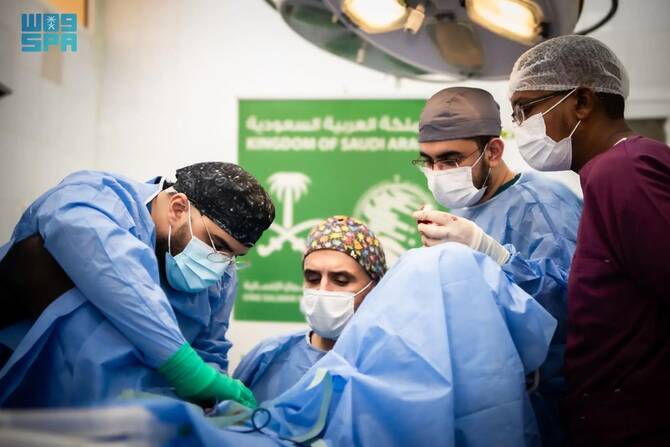RIYADH: A scientific study has revealed that a collection of ancient sandstone structures in AlUla were most likely built by shepherds and hunters as places to perform rituals and sacrifices, possibly in response to the changing climate.
The new research was conducted by the University of Western Australia in cooperation with a team from the Royal Commission for AlUla and published by Plos One Magazine, a peer-reviewed open access journal.
The first of the structures, known as mustatils (rectangles) and measuring 95 meters in length, were discovered during an archaeological survey of the northwest of the Kingdom in 1970.
In the decades that followed similar structures were found across the country, though they were not excavated until 2018. Since then they have been the subject of ongoing research by the Royal Commission for AlUla.
The latest study noted that all of the structures followed the same architectural plan, with long, thick walls connecting to create up to four courtyards. The mustatils were accessed through a narrow entrance at the base of the structure, with the main ritual chamber at the far end.
“Between 2019 and 2020, excavations in AlUla revealed a 140-meter-long and 20-meter-wide sandstone structure, the head of which had a semi-hollow chamber containing three large vertical stones that were described as ‘the throne’ or sacred stones,” the researchers said.
“These stones were surrounded by well-preserved cattle, goat and deer horns. Only the upper parts of animals were discovered, such as their teeth, skulls and horns, with most of them being two to 12-year-old males.”
Over the past five years, archaeologists have discovered more than 1,600 of the large stone structures spread across the Kingdom’s northwest. These date back more than 7,000 years, to the end of the Neolithic period.
The latest study suggests the mustatils were used between 5300 B.C. and 4900 B.C., at which time the Arabian Peninsula was covered in greenery and received a lot of rainfall.
The study also revealed the discovery of a small structure, near a mustatil, containing the remains of a human leg, five vertebrae and long bones, with soft tissue present at the time they were buried. The person is thought to have been 30 to 40 years old at the time of death.
Similar human remains have been found at other mustatil sites but researchers are not yet sure if the people were buried at the sites or part of some kind of ritual.
The huge size and complexity of the structures does however suggest their construction process was a collaborative effort, involving many groups. This might have been a form of social bonding and the ubiquity of the mustatils indicates they likely had a religious significance.
The researchers also noted that the structures appeared to point toward areas that contained water, suggesting they might have been built at a time when the climate in the region was changing and becoming more arid.
They were perhaps built as places where offerings could be made to the gods to provide rain and preserve the land’s fertility.































